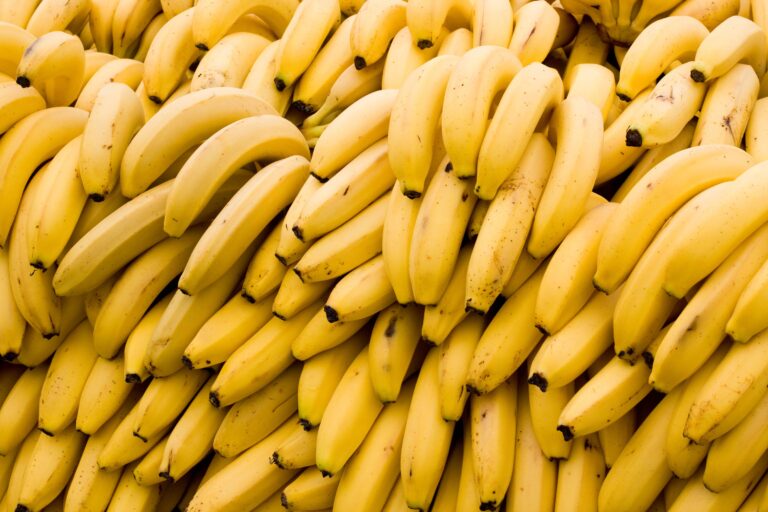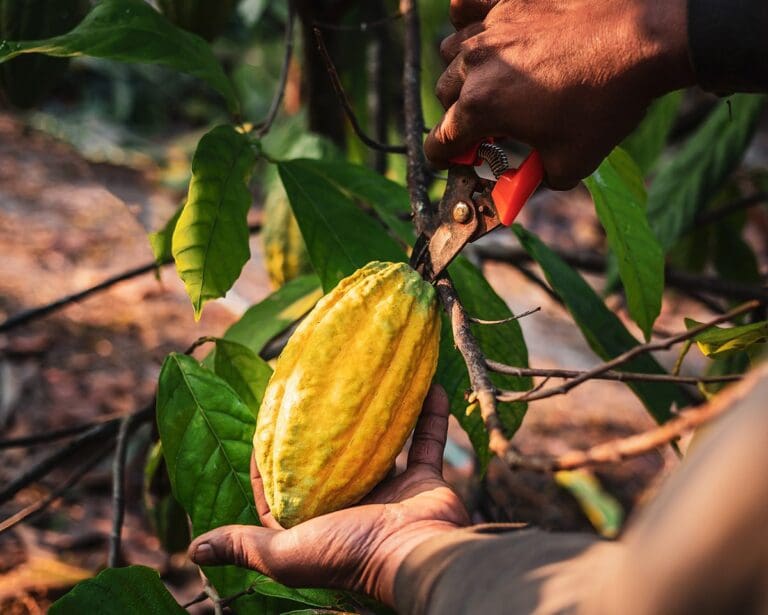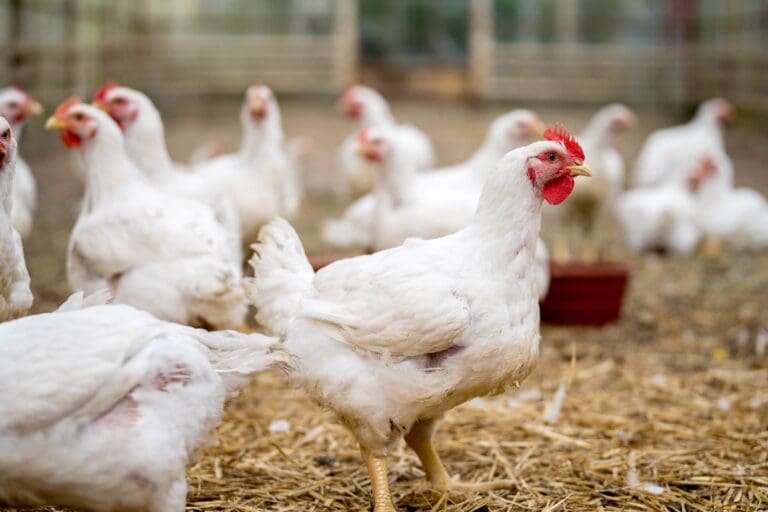Packaging paper prices in the US continued to rise in September
Prices for Kraftliner and Testliner in the US in September increased by 5% and 6% month-on-month, respectively. The main drivers of price growth were high raw material prices and a recovery in demand.
In the US market, pulp prices started to decline in August, falling by 1.7% m-o-m. Market sources do not expect a significant drop in demand, so it is most likely that pulp prices will remain high until the end of the year. Wastepaper prices in the US rose by 0.4% m-o-m in September, as demand in the market remains strong. In contrast to pulp, paper producers are increasing the share of recovered paper in paper production and reducing the share of pulp.
US paper production increased by 1.6% y-o-y for the first eight months of 2024, although seasonal demand growth in August was mirrored by production growth of 5% and 3.7% y-o-y in July and August respectively. US papermakers are responding more flexibly to changes in demand by avoiding high market surpluses. Paper capacity utilization in August was 83% and has grown steadily since H2 2023. At the same time, if we compare the capacity utilization rate with the industry’s performance until 2020, the current rate is still 3 percentage points lower than it was in the period 2015-2019, indicating the high growth potential of paper production.
Market sources expect a seasonal increase in demand for packaging paper in the US in Q4 2024, which is likely to support prices. Expectations of high demand are supported by data on retail sales, which a slight consolidation in March-June, grew by 1.3% m-o-m and 3% y-o-y in July. The share of e-commerce retail sales as a percentage of total sales in Q2 2024 rose to 16% only 0.4 percentage points behind the previous high in Q2 2020. As a result, the consumption of packaging is growing, in particular the demand for paper. In addition, the current growth in retail sales raises sentiment that consumers will increase spending in the run-up to the Christmas holidays.
China’s crude oil imports rose in August against the backdrop of slowing economic growth
According to data from the General Administration of Customs of China, and Expana calculations, China (the world’s largest importer of crude oil) imported an average of 11.61m barrels per day (bpd) of crude petroleum oil in August, rebounding from July, which was the lowest figure since September 2022. In August, China imported 16.0% more barrels m-o-mm, compared to an average of 10.01m bpd in July. However, on an annualized basis, the August figure marked a 7.0% decline, and market players remain concerned about China’s long-term demand trajectory.
In particular, the Organization of Petroleum Exporting Countries (OPEC) recently downgraded its global oil demand growth forecast for 2024. The downgrade accounts for slower-than-anticipated economic growth in China, which has been battling deflation for several months. Additionally, the International Energy Agency (IEA) has expressed concern over economic growth and the potential negative consequences for crude oil demand.
For reference, Brent crude oil (DH-0) prices slid 7.6% m-o-m in September to $72.93/barrel. Market sources noted that the demand worries are now a major driver within the market because escalating tensions between Israel and Hezbollah are so far not contributing to any price increases, indicating players are unconcerned about potential supply shortages.
Expana will provide further updates as more information becomes available.
Want to dig into further insights? Discover more on our insights page.
Written by Nick Wood



